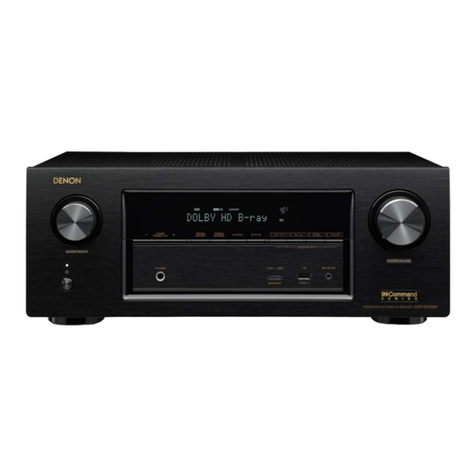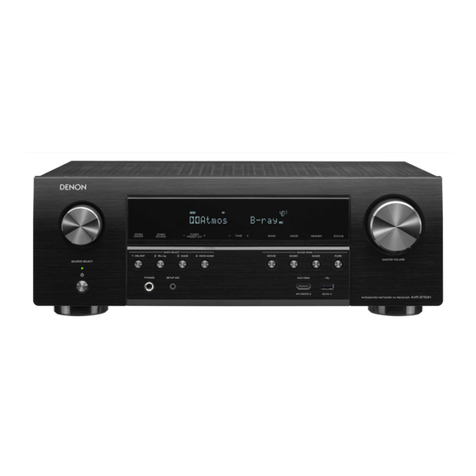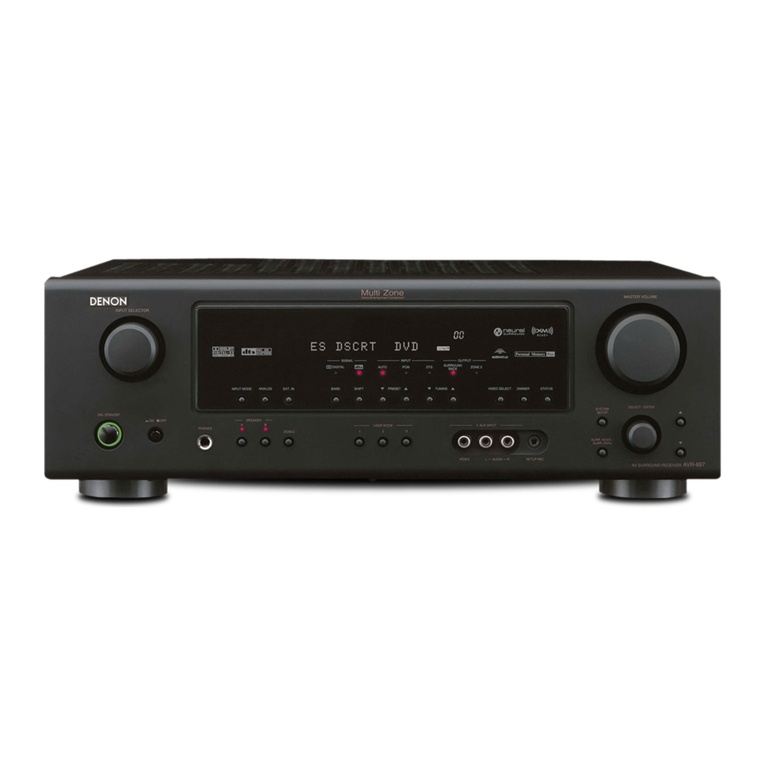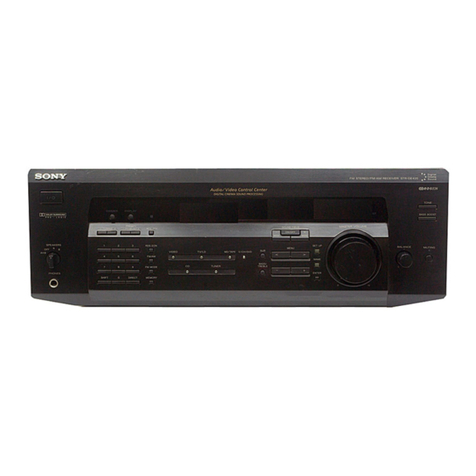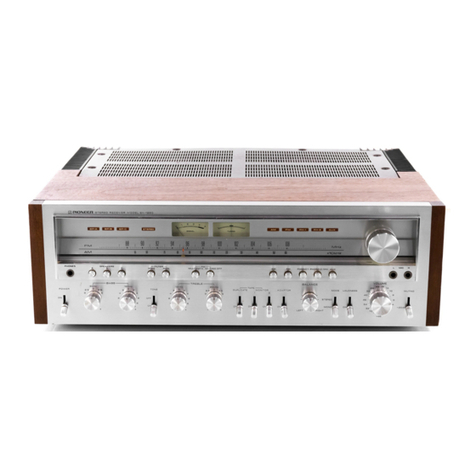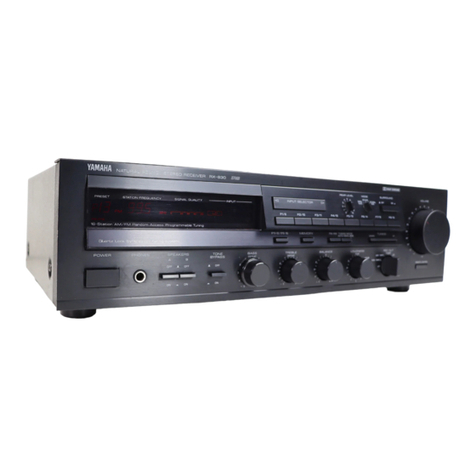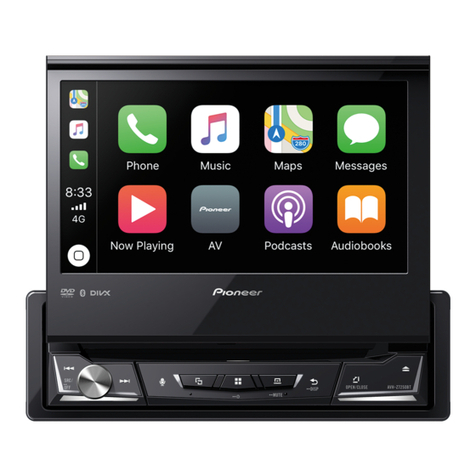Denon DR-M3QHX User manual
Other Denon Stereo Receiver manuals

Denon
Denon DRA-500AE User manual
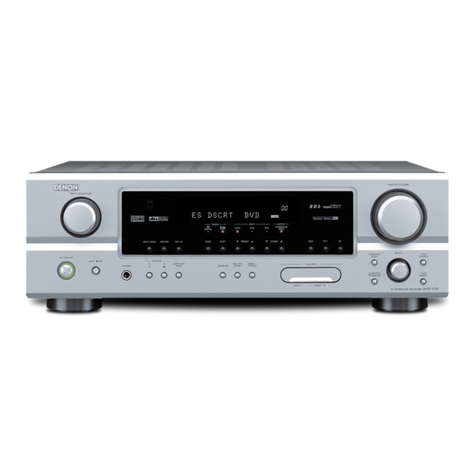
Denon
Denon AVR-1705 User manual
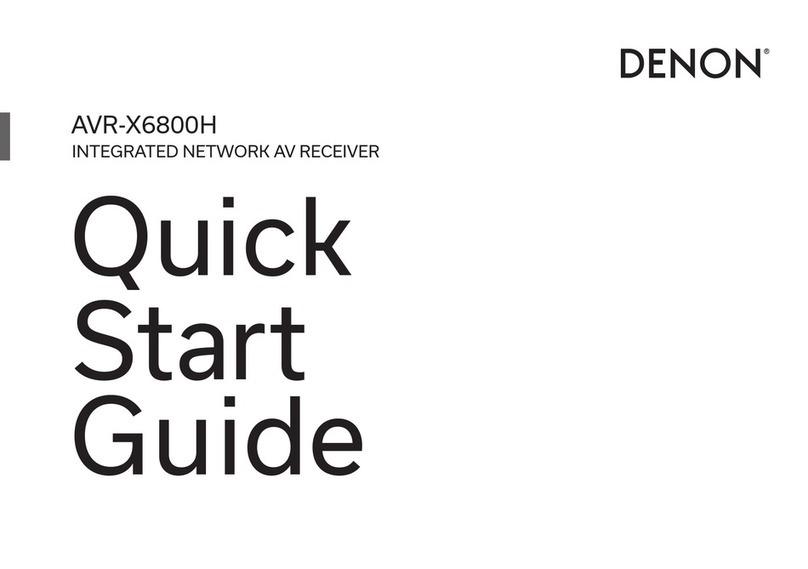
Denon
Denon AVR-X6800H User manual

Denon
Denon AVR-590 User manual

Denon
Denon DRA-F101 Technical manual
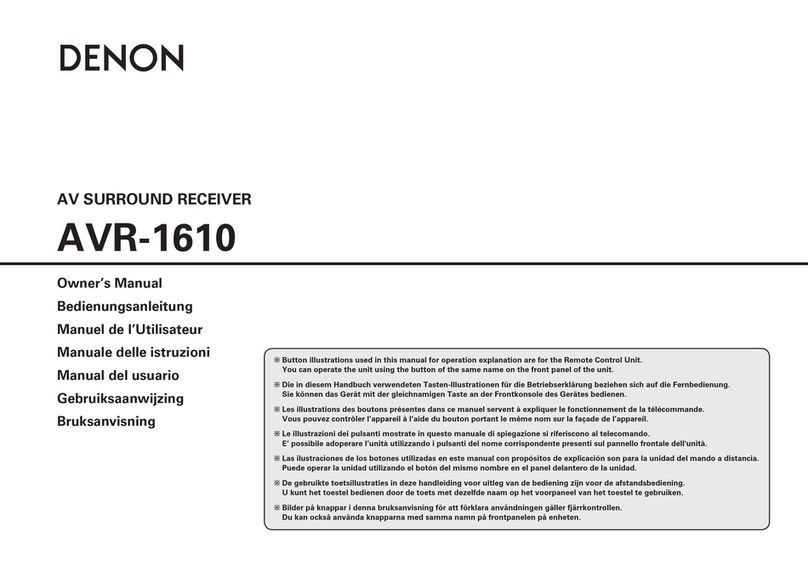
Denon
Denon AVR-1610 User manual

Denon
Denon DRA-F102 DAB User manual
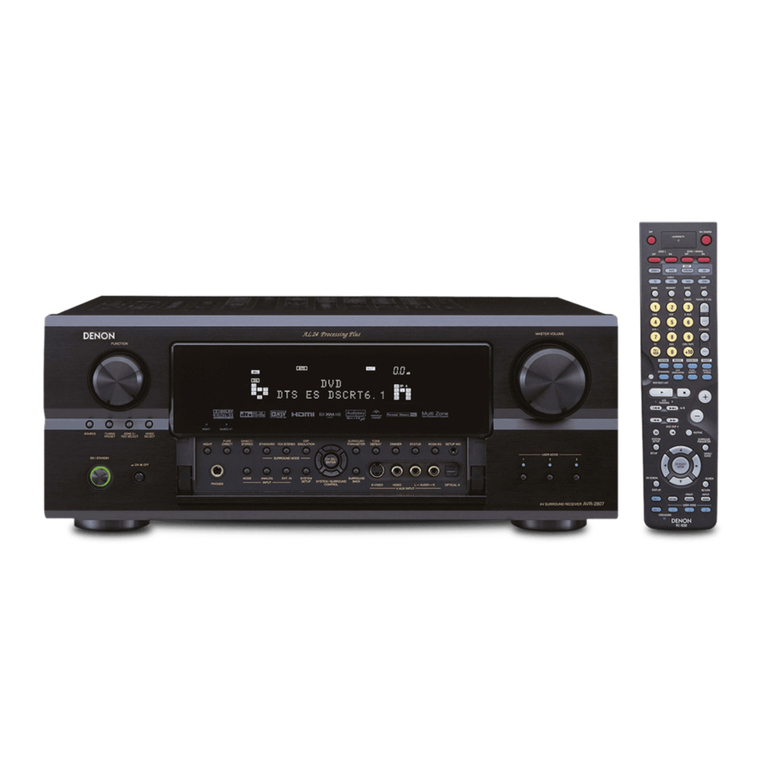
Denon
Denon AVR-2807 User manual
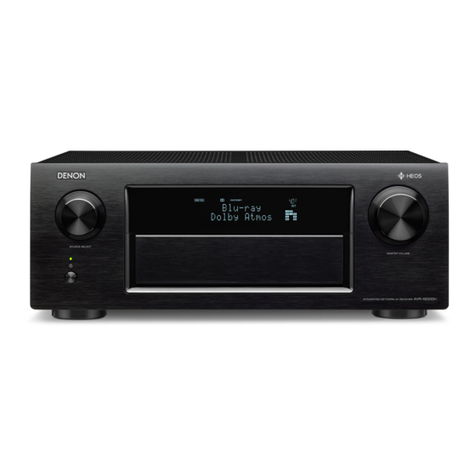
Denon
Denon AVR-X6300H User manual

Denon
Denon AVR-S670H User manual
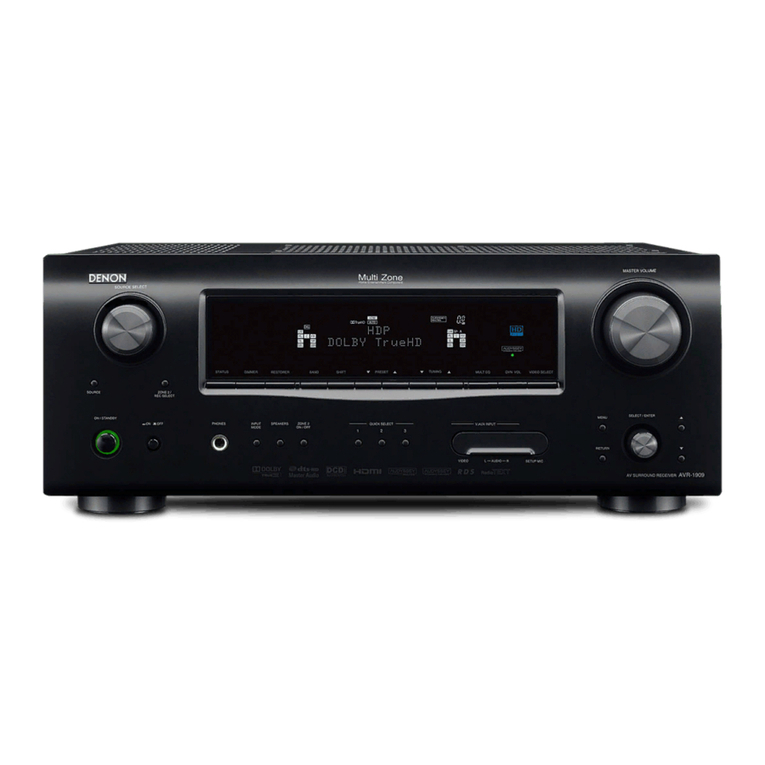
Denon
Denon AVR-1909 User manual
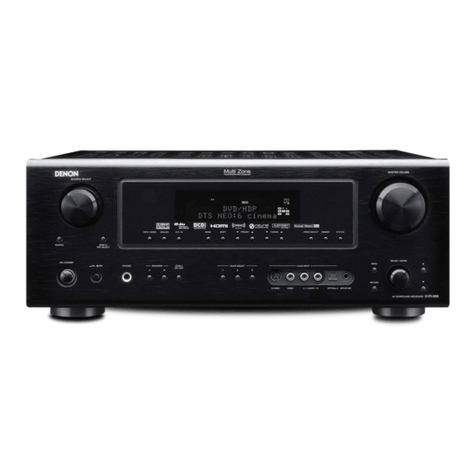
Denon
Denon AVR-888 User manual
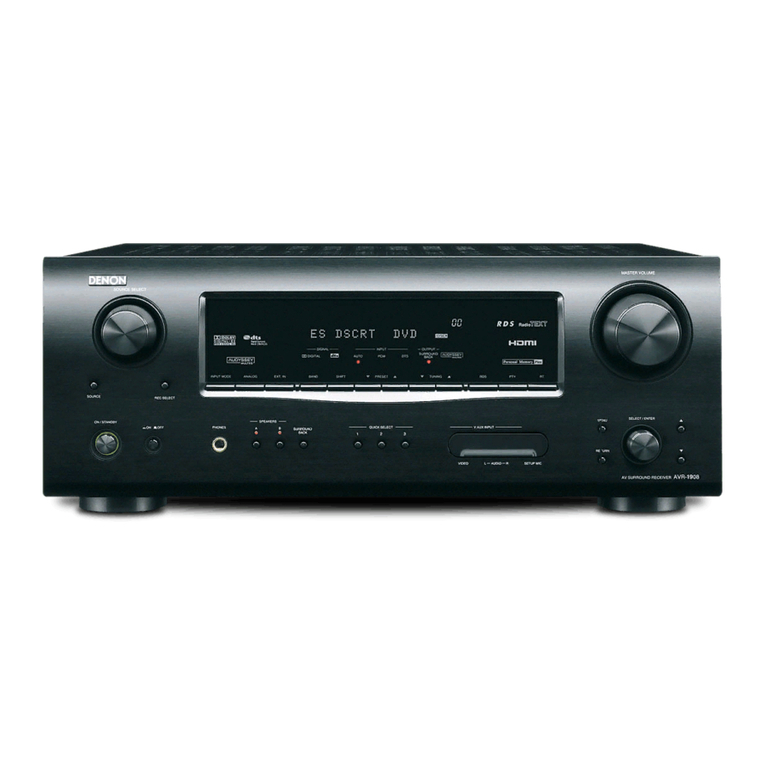
Denon
Denon AVR-1908 User manual
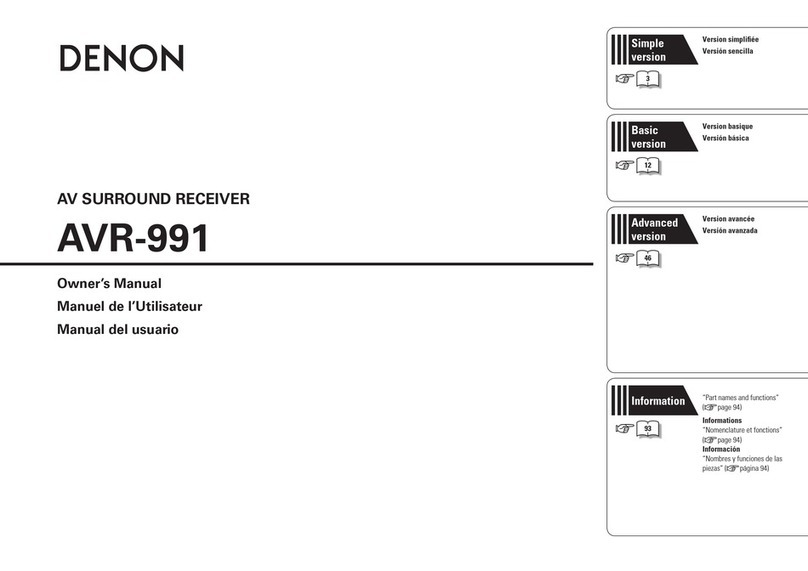
Denon
Denon AVR-991 User guide
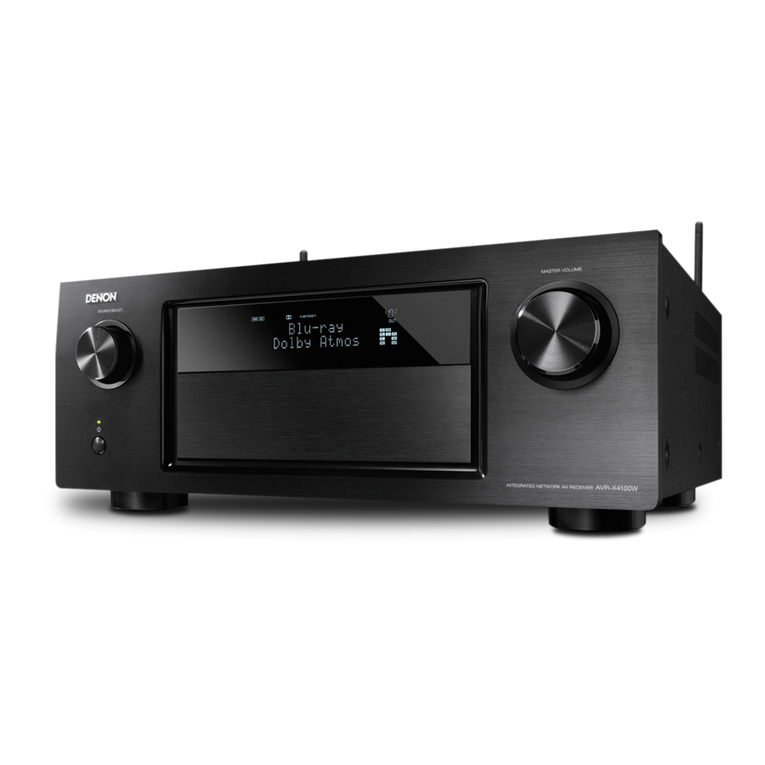
Denon
Denon AVR-X4100W User manual

Denon
Denon AVR-2807 User manual
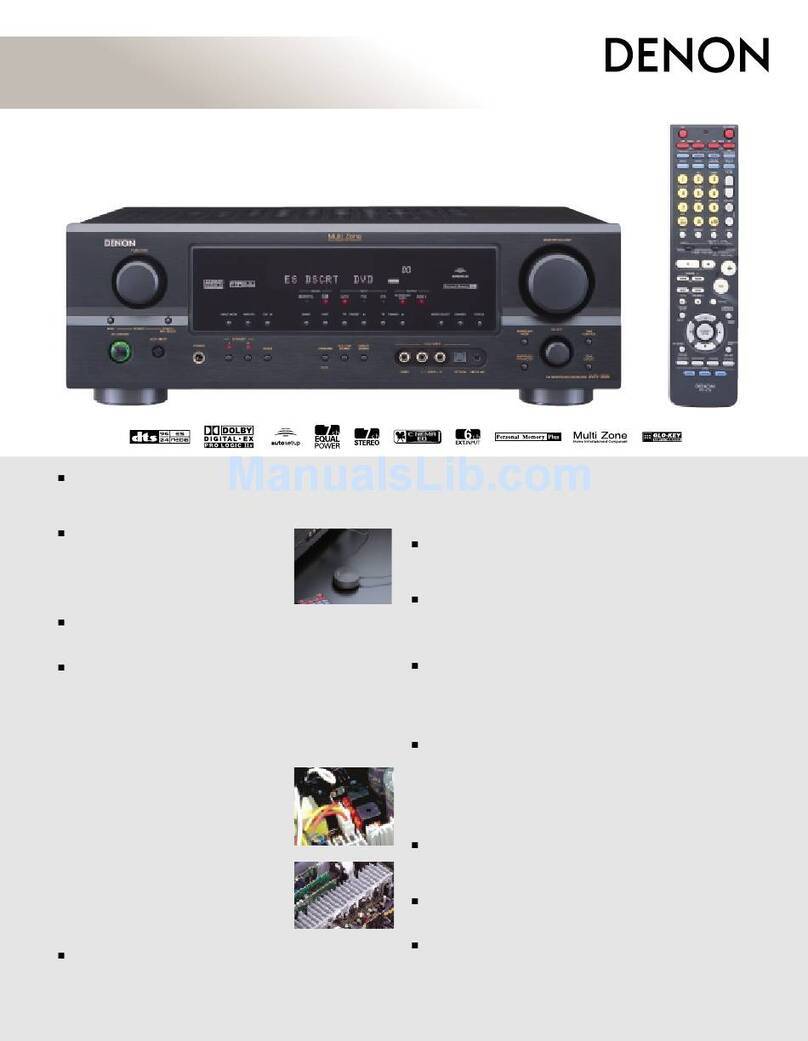
Denon
Denon AVR-1906 User manual

Denon
Denon MULTEQXT AVR-4806 User manual
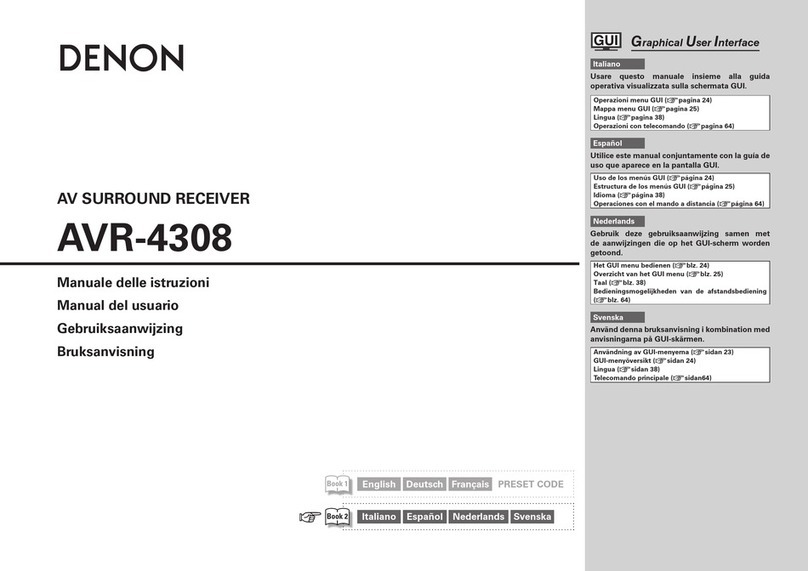
Denon
Denon AVR-4308 User guide
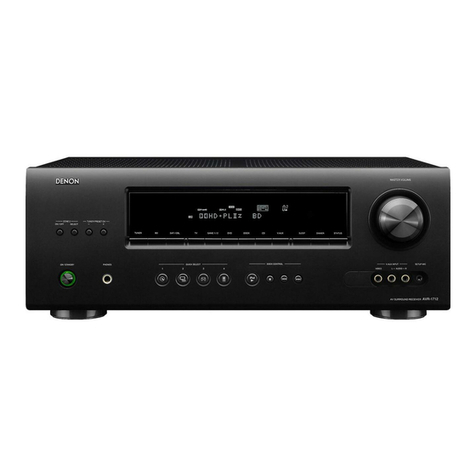
Denon
Denon AVR-1712 User manual
Popular Stereo Receiver manuals by other brands

Sony
Sony STR-DE535 - Fm Stereo/fm-am Receiver operating instructions

Pioneer
Pioneer SX-1000TA operating instructions
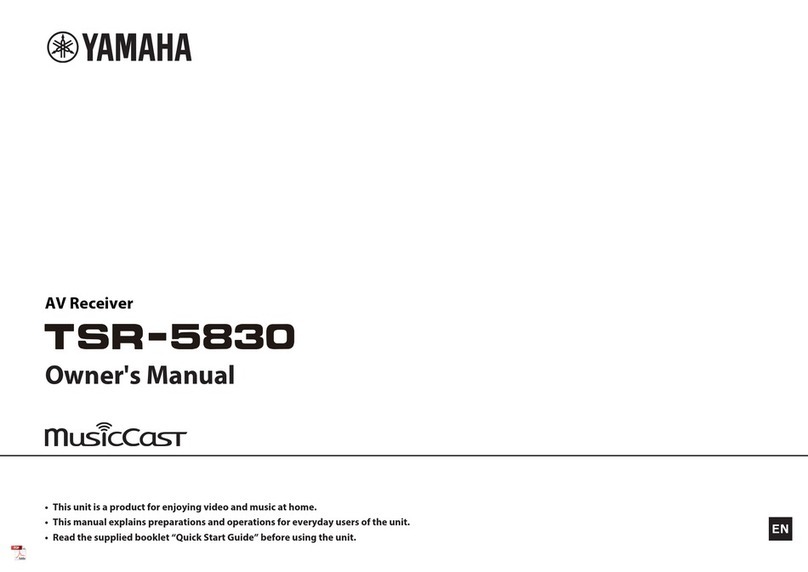
Yamaha
Yamaha MusicCast TSR-5B3D owner's manual
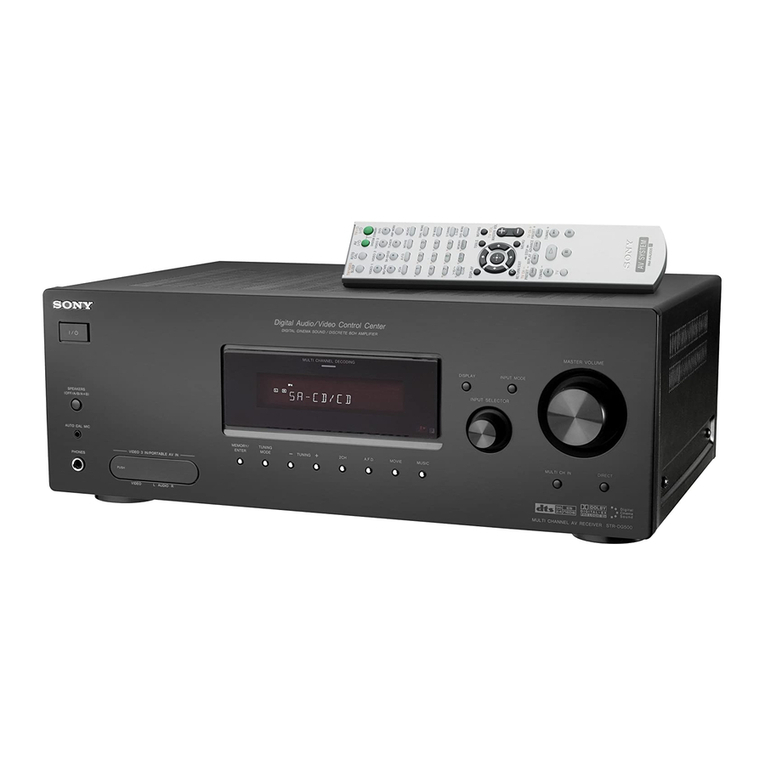
Sony
Sony STR-DG500 - Multi Channel Av Receiver Service manual

Sherwood
Sherwood Newcastle RX-770 operating instructions

Panasonic
Panasonic AJSD955B - DVCPRO50 STUDIO DECK Brochure & specs
